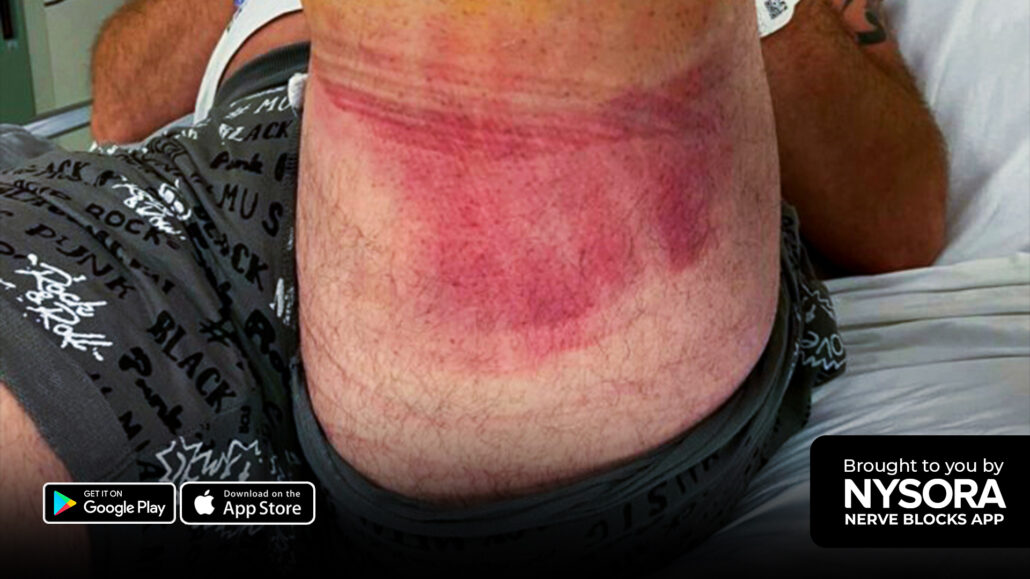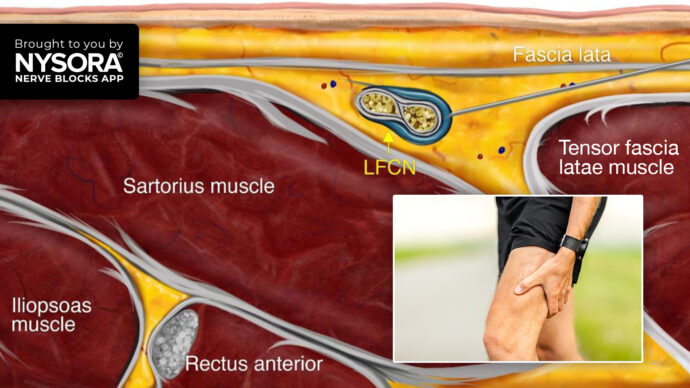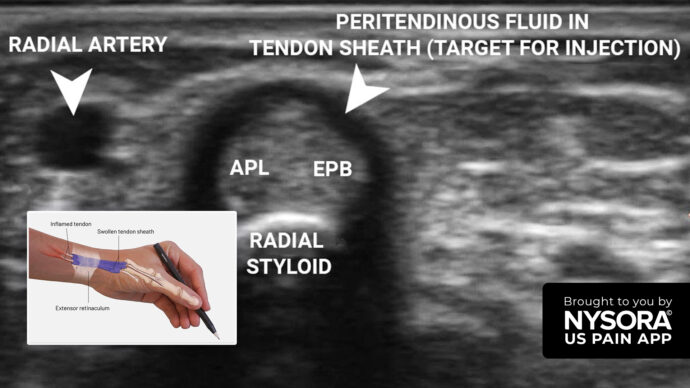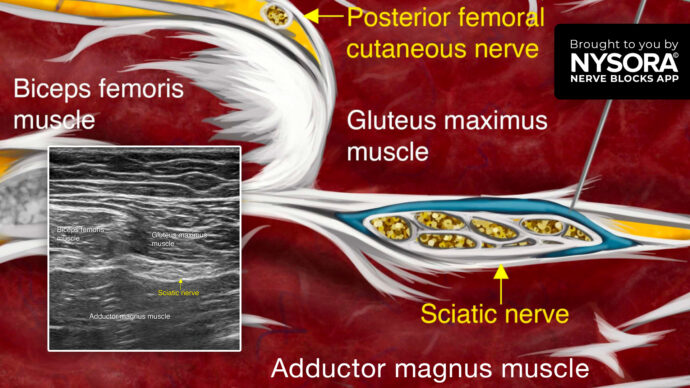
Case study: Tourniquet pain
The most common complication of a tourniquet during orthopedic surgery is tourniquet pain, which, in turn, is why peripheral nerve blocks for distal surgery can not be used as a single anesthesia modality. Read on to find out how we approach tourniquet pain in our headquarters.
A tourniquet can be applied below the knee for foot surgery, but some surgeons are uncomfortable with this. For foot surgery, we often use long-acting local anesthetics (e.g., ropivacaine, bupivacaine) for ankle or popliteal blocks, and shorter-acting local anesthetics (e.g., lidocaine) for femoral nerve block for tourniquet pain. This allows the analgesic block for tourniquet pain to resolve quickly after surgery, leaving the long-acting popliteal or ankle block for postoperative analgesia. With this strategy and intraoperative sedation, most patients tolerate tourniquet pain for up to 45 minutes.
For more case studies like these and the complete guide to the 60 most frequently used nerve blocks, download the Nerve Blocks App HERE. Don’t miss the chance to get the bestselling NYSORA Nerve Blocks App also in book format – the perfect study companion with the Nerve Blocks app!



